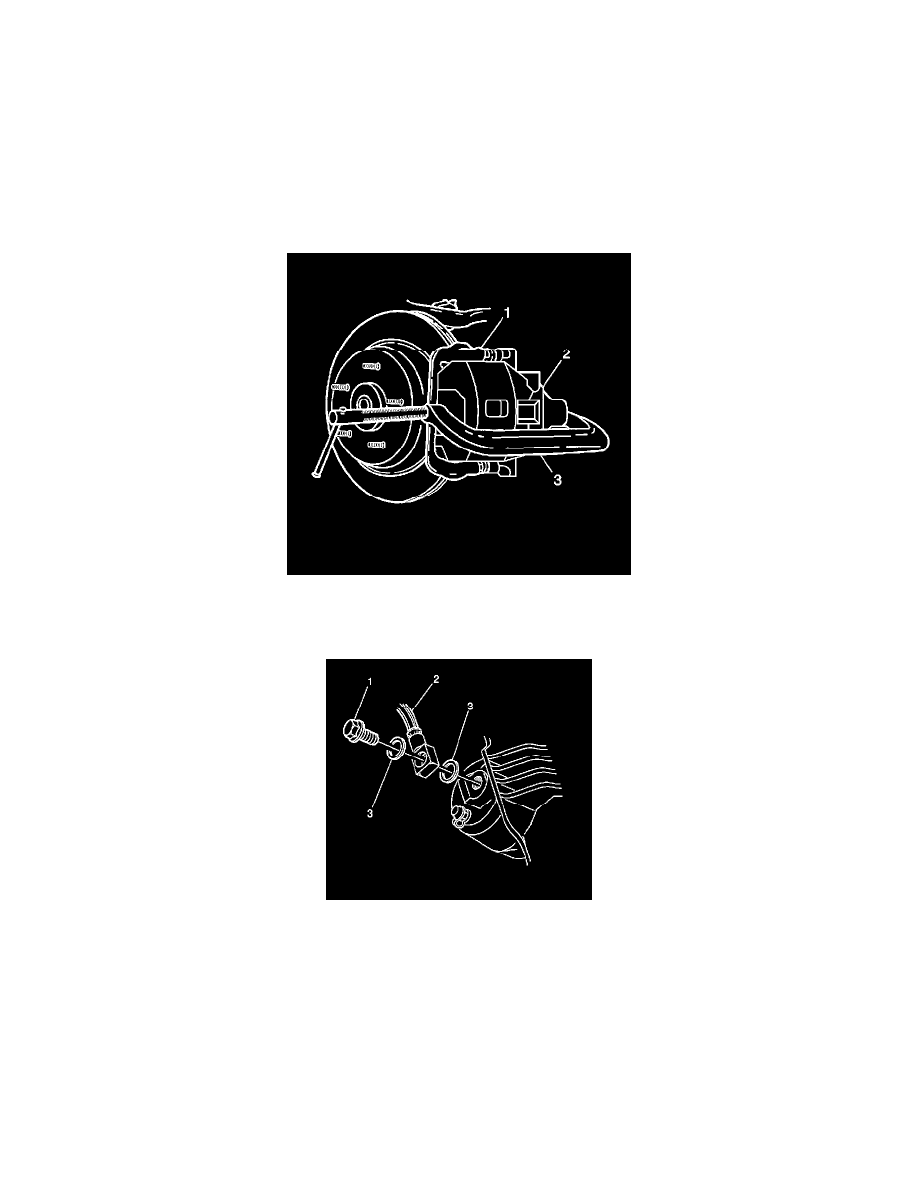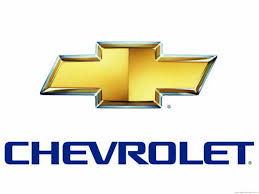Impala V8-5.3L (2008)

Caution: Refer to Brake Dust Caution .
Caution: Refer to Brake Fluid Irritant Caution .
Notice: Refer to Brake Fluid Effects on Paint and Electrical Components Notice .
1. Inspect the fluid level in the brake master cylinder reservoir.
2. If the brake fluid level is midway between the maximum-full point and the minimum allowable level, then no brake fluid needs to be removed from
the reservoir before proceeding. If the brake fluid level is higher than midway between the maximum-full point and the minimum allowable level,
then remove brake fluid to the midway point before proceeding.
3. Raise and suitably support the vehicle. Refer to Lifting and Jacking the Vehicle .
4. Remove the rear tire and the wheel assembly. Refer to Tire and Wheel Removal and Installation .
5. Hand tighten 2 wheel lug nuts to retain the rotor to the hub.
6. Install a large C-clamp (3) over the top of the brake caliper (2) and against the back of the outboard brake pad.
7. Tighten the C-clamp (3) until the caliper piston is pushed into the caliper bore enough to slide the caliper off the rotor.
8. Remove the C-clamp (3) from the caliper.
9. Remove the brake hose-to-caliper bolt (1) from the caliper.
Discard the 2 copper brake hose gaskets (3). These gaskets may be stuck to the brake caliper and/or the brake hose end.
10. Plug the opening in the rear brake hose (2) to prevent excessive brake fluid loss and contamination.
